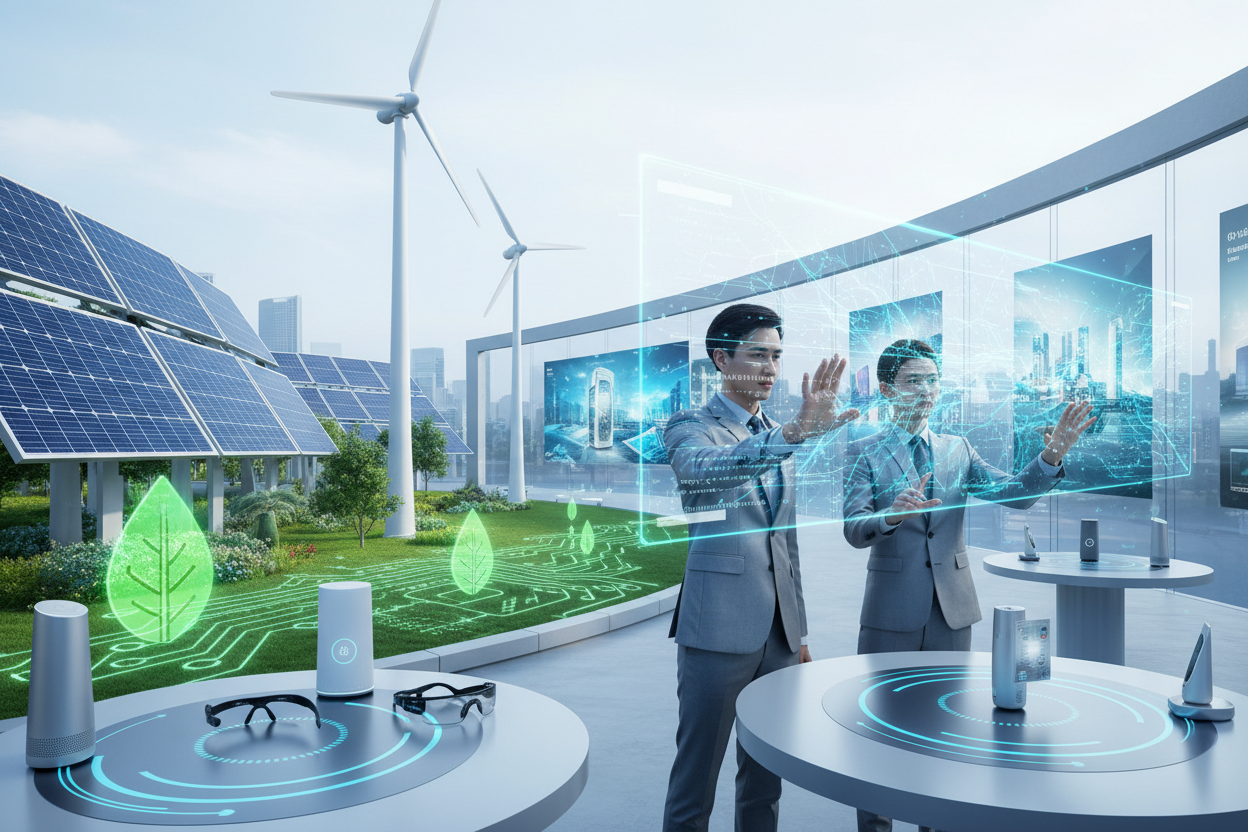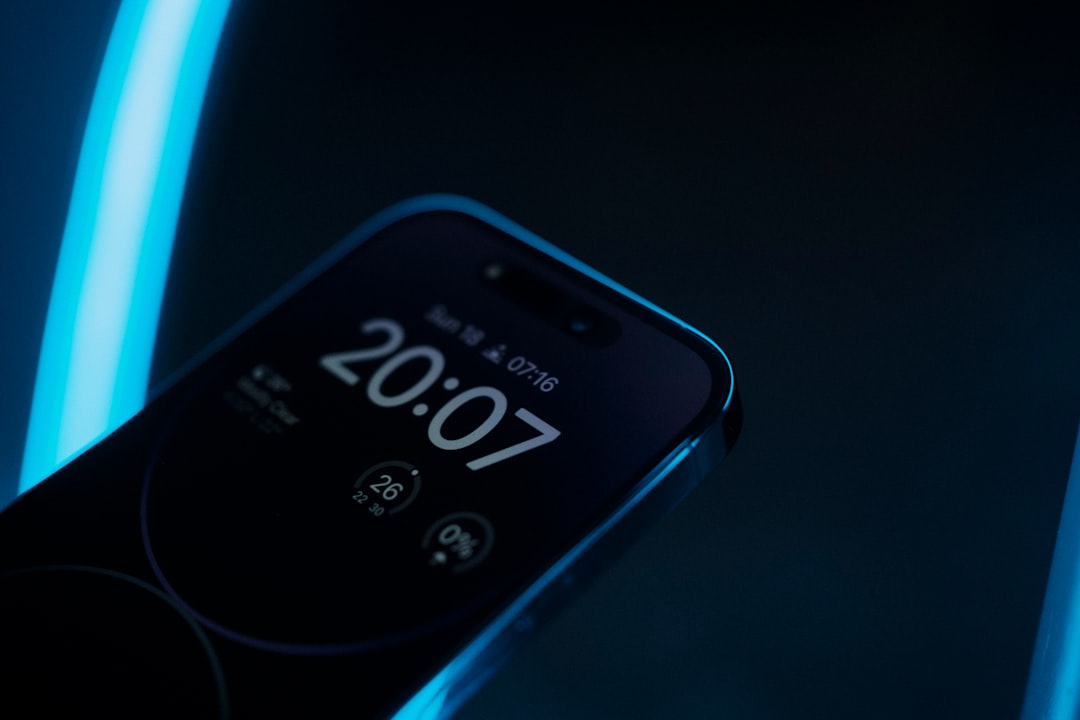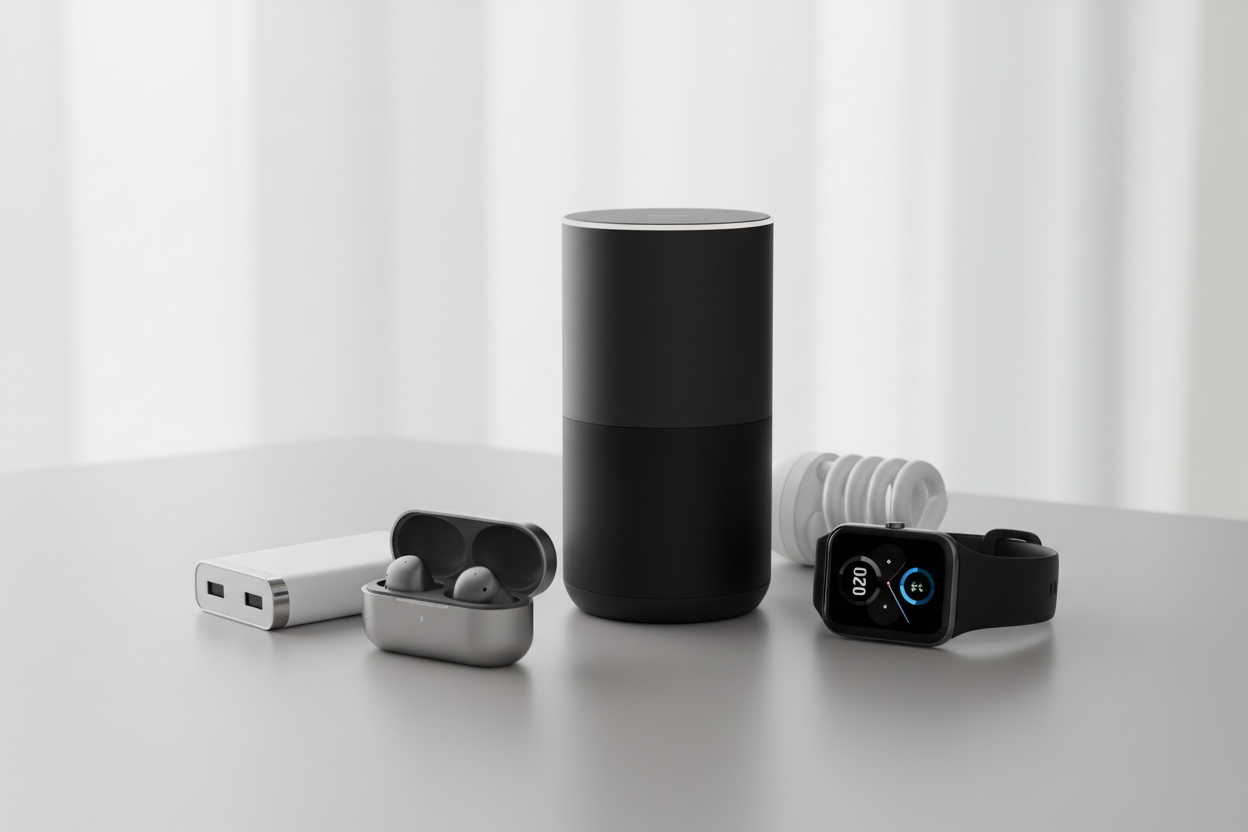Innovations and Technologies in 2025: A Glimpse into the Future of AI, Clean Energy, and Consumer Electronics
2025 ushers in a transformative wave of technological advancements across artificial intelligence, sustainable energy, and consumer electronics, blending innovation with purpose to create smarter, greener, and more connected lives.
Key Takeaways
- AI breakthroughs in healthcare enhance diagnostics, personalized treatment, and clinical research speed.
- Clean energy innovations such as structural battery composites and osmotic power advance sustainability efforts.
- Consumer electronics feature smarter foldables, fast charging GaN tech, AR glasses, and smarter home cleaning robots.
- AI-driven productivity tools improve workflow efficiency, disinformation detection, and real-time sensor data use.
- Technology in 2025 prioritizes accessibility, inclusion, and social impact, empowering diverse populations.
Table of Contents
- 1. AI Innovations Transforming Healthcare and Biomedical Engineering
- 2. Clean Energy Breakthroughs Powering a Greener Future
- 3. AI Redefining Productivity, Integrity, and Connectivity
- 4. Consumer Electronics Revolutionizing Daily Life
- 5. Technology Driving Accessibility and Social Impact
- 6. The Road Ahead: What 2025’s Innovations Mean for Us All
- FAQ
1. AI Innovations Transforming Healthcare and Biomedical Engineering
Artificial intelligence is radically advancing healthcare by enabling smarter diagnostics, personalized therapies, and accelerated research, fundamentally reshaping patient care in 2025.
Smarter Diagnostic and Predictive Tools
AI models like Delphi-2M analyze vast global datasets, forecasting thousands of medical conditions with exceptional accuracy. This enables clinicians to intervene earlier and more precisely, especially in cardiac care where subtle ECG and imaging cues now signal heart disease risks before symptoms emerge.
Personalized Care Through AI-Powered Treatment Plans
In oncology, AI predicts patient-specific responses to therapies like abiraterone in prostate cancer, optimizing outcomes. Similarly, AI-driven immune marker analysis aids in real-time kidney transplant rejection risk assessment, significantly enhancing post-surgical care.
Accelerating Clinical Research
Tools such as MIT’s MultiverSeg drastically reduce time spent annotating biomedical images, fast-tracking discovery and therapy development.
Optimizing Healthcare Workflows
AI platforms powered by Gemini models, showcased at Google I/O 2025, assist physicians with real-time insights, streamline electronic health records (EHRs), and reduce administrative burdens, enhancing patient care quality and accuracy.
2. Clean Energy Breakthroughs Powering a Greener Future
2025 marks a turning point in sustainable energy with innovations from structural battery composites to novel power generation methods driving momentum towards decarbonization.
Structural Battery Composites for Mobility and Aviation
Embedding batteries within vehicle frameworks reduces weight without sacrificing strength, extending electric vehicle ranges and optimizing aerospace fuel efficiency.
Capturing Osmotic Power from Salinity Gradients
Harnessing the energy where freshwater meets seawater, osmotic power offers a continuous, low-impact renewable source especially suited for coastal energy needs.
Green Nitrogen Fixation and Next-Gen Nuclear
Cleaner fertilizer production technologies reduce emissions, while advances in nuclear fusion and advanced reactors promise abundant, zero-carbon power with minimal waste.
Engineered Living Therapeutics: Drug Production Within the Body
Probiotic organisms programmed to synthesize medications internally could reduce manufacturing costs by up to 70% and offer precise delivery, revolutionizing treatment of chronic diseases worldwide.
For more insights, see the World Economic Forum Emerging Technologies Report 2025.
3. AI Redefining Productivity, Integrity, and Connectivity
AI increasingly underpins how we work and communicate, enhancing efficiency and trust across industries.
Smarter Chips and Cost-Effective AI Models
Energy-efficient chips like Ambiq’s SPOT enable powerful AI with lower power demands, while large language models such as DeepSeek R1 reduce automation costs, broadening AI’s accessibility for businesses.
Fighting Disinformation with AI Watermarks
Innovative AI watermarking embeds traceable signatures into synthetic images, text, and audio, increasing transparency and helping combat misinformation.
AI-Connected Sensors for Real-Time Insights
Intelligent sensor networks—from biochemical wearables to smart cities—deliver real-time data that improves personal health monitoring and urban environmental management.
Learn more in the World Economic Forum Emerging Tech Report.
4. Consumer Electronics Revolutionizing Daily Life
2025’s smart devices combine cutting-edge performance with sleek designs tailored to user convenience and productivity.
Foldable Smartphones: A Smarter Compact Experience
Motorola’s Razr Ultra 2025 features a 7-inch flexible display powered by the Snapdragon 8 Elite processor, delivering powerful apps in a stylish, compact form factor.
Compact, Fast Charging via GaN
Gallium nitride chargers like Anker’s Nano Charger 45W provide rapid charging in a small, affordable package, exemplifying efficient design for everyday use.
Smartwatches Evolving Beyond Wellness
Value-packed devices like Amazfit Active 2 combine fitness and productivity, while Apple's MacBook Air with the M4 chip showcases portable power for mobile professionals.
AR Glasses Offer Immersive Everyday Utility
Xreal One Pro AR glasses utilize advanced prism optics to project wider, clearer virtual displays that blend seamlessly into daily activities such as media consumption and work.
Home Cleaning Gets Smarter and Sleeker
Roborock’s Saros 10 and 10R robots combine slim designs with improved object recognition, delivering more thorough and intuitive home cleaning.
The Evolution of Gaming and Mobile Productivity
Nintendo’s Switch 2 enhances hybrid gaming with a stronger build and richer multiplayer, while Apple’s iPad Air with the M3 chip offers laptop-level performance in a tablet form.
Explore more at TechRadar’s Best Tech Launches 2025.
5. Technology Driving Accessibility and Social Impact
Beyond efficiency, 2025’s technologies emphasize inclusion, privacy, and ethical design to empower all users.
Tech Supporting Seniors and People with Disabilities
Voice-enabled assistants and privacy-focused wearables help older adults and those with disabilities enhance communication, mobility, and safety for more independent living.
AI Tools Streamlining Public Services
AI-driven systems assist immigrants and underserved communities by simplifying paperwork, translating documents, and providing dignified access to essential services.
Discover additional details at TIME’s Best Inventions 2025.
6. The Road Ahead: What 2025’s Innovations Mean for Us All
As these innovations unfold, their broader impact shapes diverse spheres:
- Consumers: Smarter, personalized tech adapts seamlessly to health, habits, and lifestyle needs.
- Industry: AI integration with advanced materials and biotech modernizes manufacturing and medicine.
- Sustainability: Breakthroughs in energy, agriculture, and recycling signal hope when matched with supportive policies.
- Society: Tools fostering accessibility, transparency, and equity promote a more inclusive global tech landscape.
- Future Innovation: Living therapeutics, nanozyme delivery, and AI watermarking define human-centered technological progress.
FAQ
Q: How is AI improving healthcare diagnostics in 2025?
AI models such as Delphi-2M analyze massive health datasets to predict thousands of medical conditions with greater accuracy, enabling earlier and more precise diagnosis and intervention.
Q: What makes structural battery composites significant for clean energy?
By embedding batteries directly into vehicle structures, these composites reduce weight and improve energy efficiency—critical for electric mobility and aerospace applications.
Q: How do AI watermarks help combat misinformation?
AI watermarks embed identifiable signatures into synthetic media, allowing platforms and users to verify authenticity and reduce the spread of fake content.
Q: What new consumer devices should I watch for in 2025?
Notable devices include Motorola’s Razr Ultra 2025 foldable smartphone, Anker’s GaN fast chargers, advanced AR glasses like the Xreal One Pro, and smart home cleaning robots from Roborock.
Q: How are technologies in 2025 addressing accessibility?
Innovations focus on empowering seniors and people with disabilities through voice assistants, privacy-conscious wearables, and AI tools that simplify access to public services.
Explore and embrace the future today, knowing it’s smarter, greener, and more inclusive than ever.






